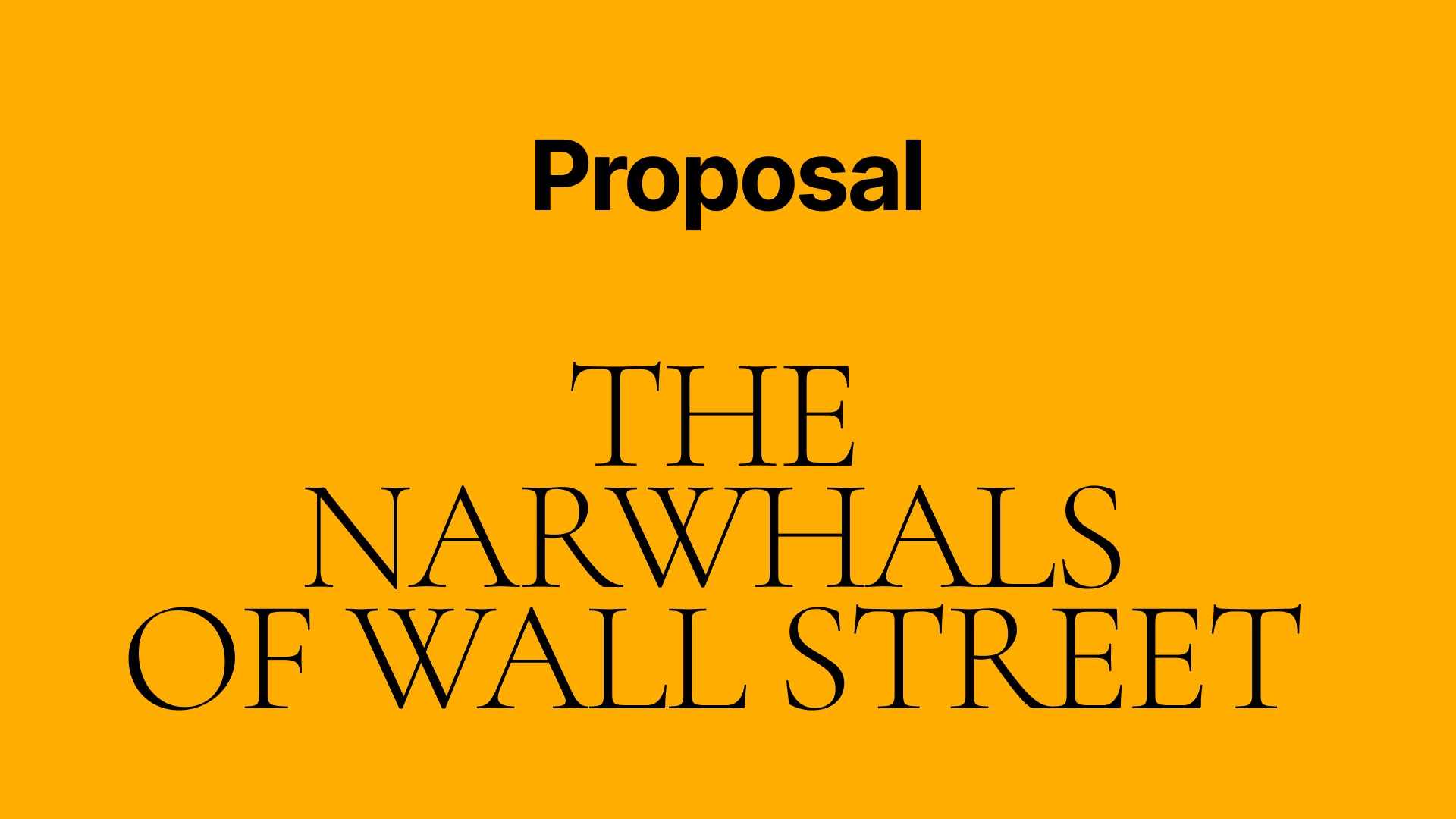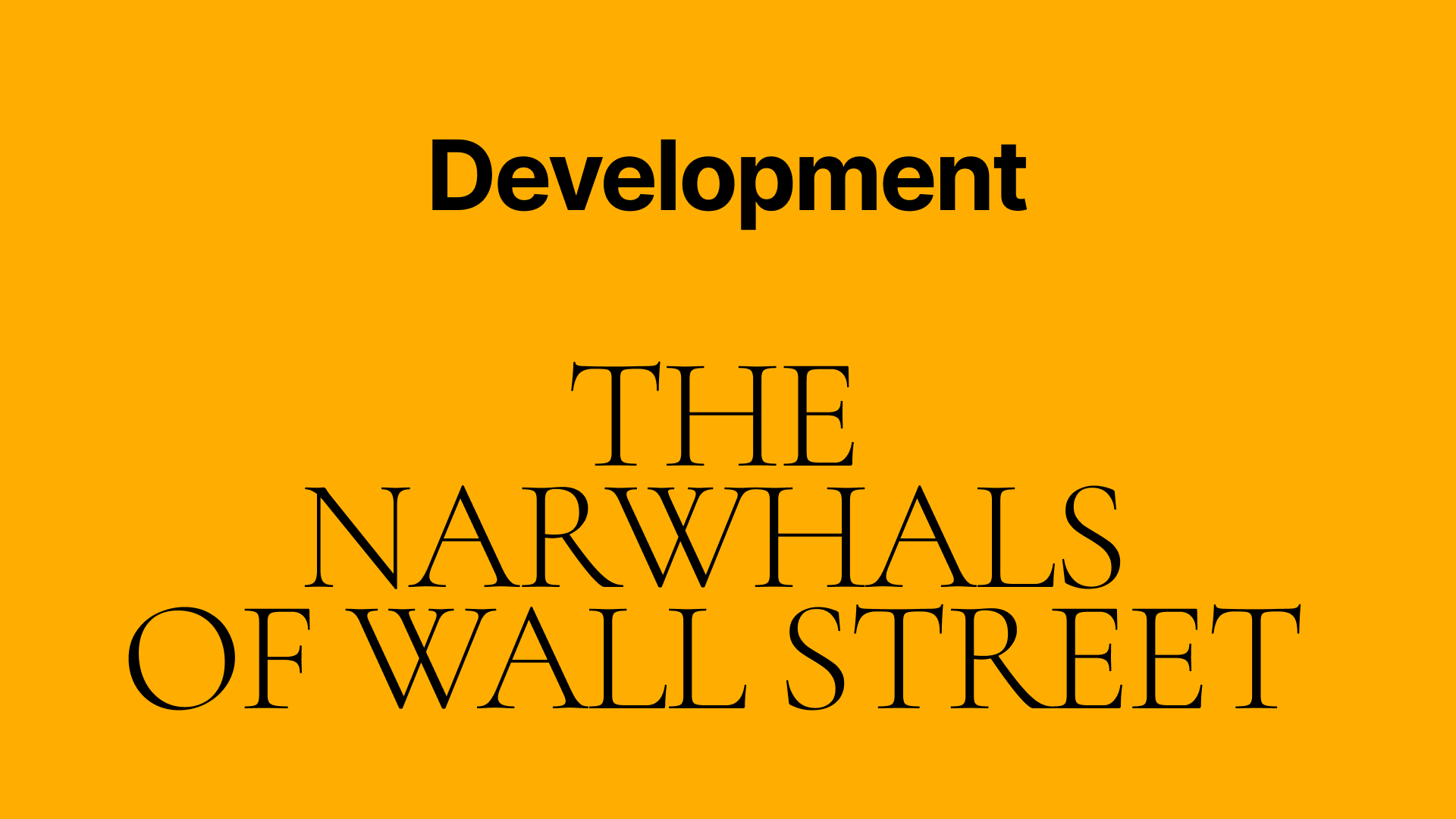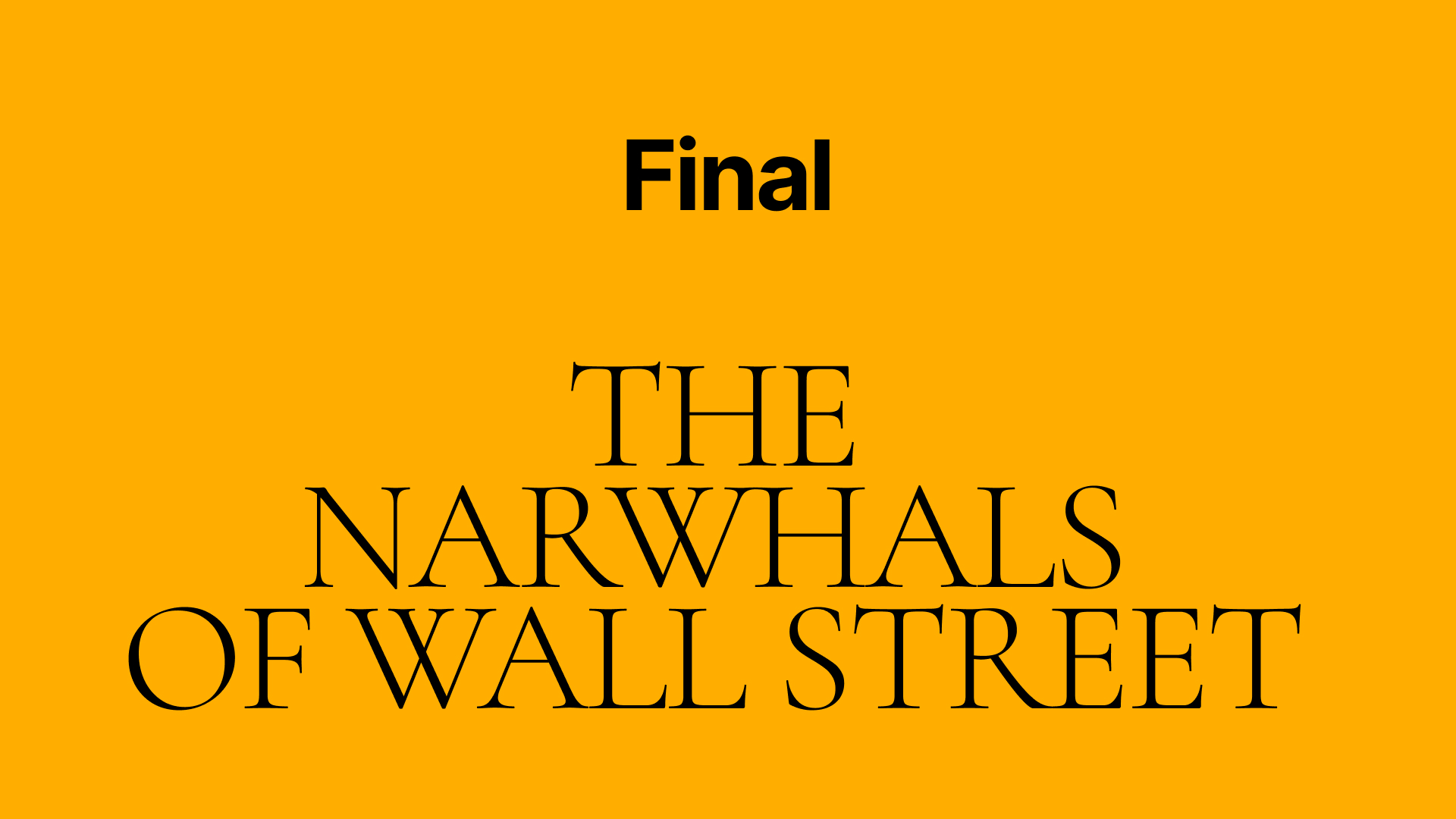The Narwhals of Wall Street
Instruction Set for Strangers (ISfS)
Major Studio 1 | PGTE 5200
MFA Design & Technology
Parsons School of Design | The New School
Advisor: Harpreet Sareen
Nani
Noelani Fishman
fishn061@newschool.edu
Rin
Rinchong Kim
kimr335@newschool.edu
Leslie
Miao Lan Zhang
zhanm046@newschool.edu
Location
As soon as I heard about the assignment, I immediately thought of focusing on a place that isn’t a park, but rather a location where office workers pass by daily on their way to work. Coincidentally, I had plans to visit Wall St with a friend, and after visiting, I felt that it was a place where tourist attractions and commercial elements mix together. This led me to suggest Wall St to the team.
After doing our research, we figured Wall St wasn’t just a modern financial district, it was a place that goes back to the 17th century, when the Dutch and the British settlers tried to conquer Northern America. The street’s name itself comes from a wall that the Dutch built in 1653, in order to prevent the British from invading.
Then Wall St started to grow as a financial district by 1711 with the slave market. We then started to realize how Wall St has always been in a dominant nature, first as a land taken from native Americans, then as a slave market, and now as a male dominant financial district.
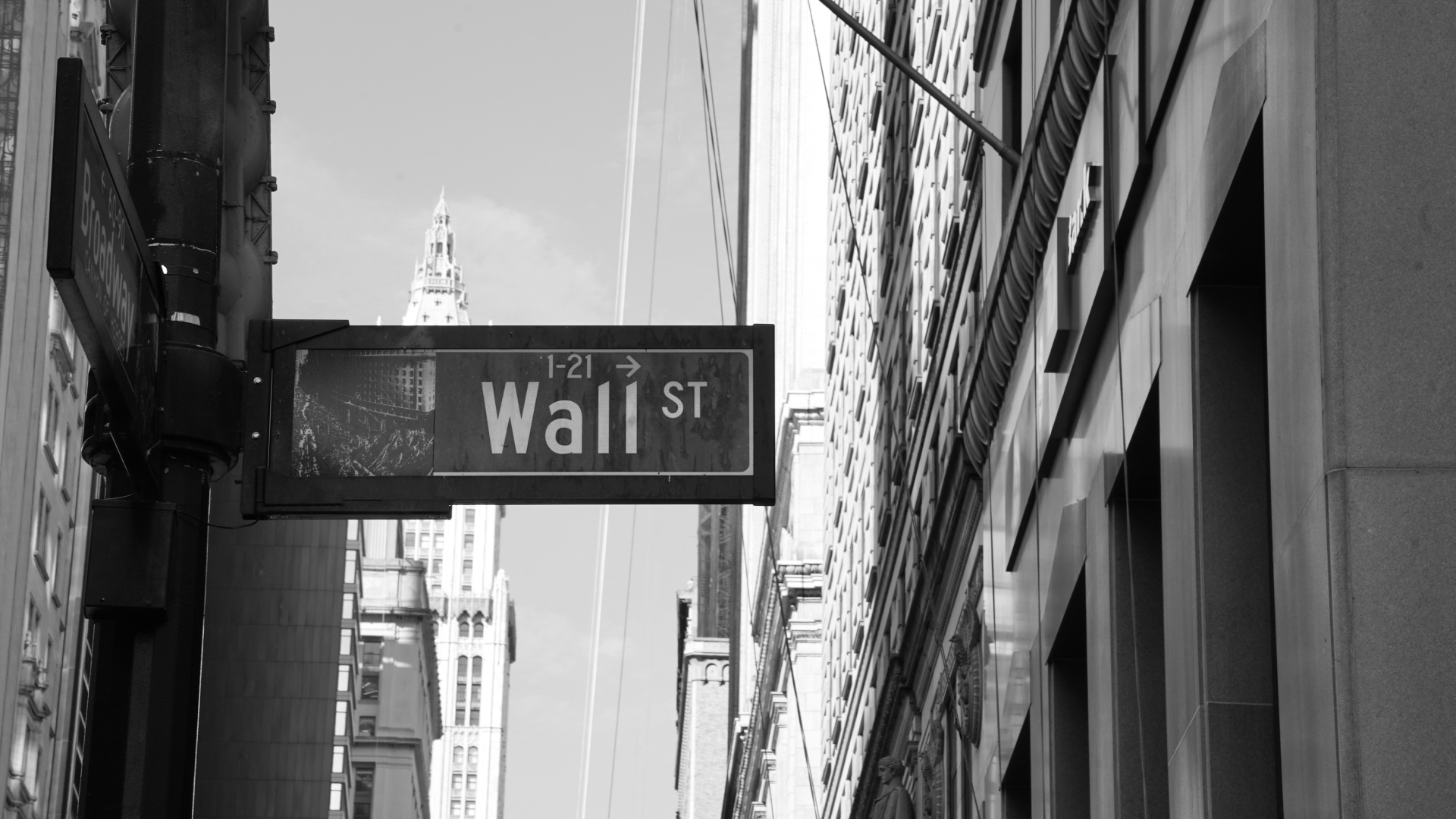
Idea Development
The first interaction that came to my mind after we decided on Wall St was a handshake. We can easily imagine people handshaking when closing a deal, something that happens often in a financial domain. My initial thoughts were just to have two people shake hands with a hand-shaped object on each side, connected with a string to symbolize connection of different people. With Wall St being at the center of global economy, I thought it would act as an interaction between strangers, mocking an interaction from Wall St.
However, as we dug in to the history of handshake, we figured that it was another element that is dominant. Having a firm handshake meant having a promising deal, and there were even articles explaining what a good handshake should be like. People who don’t have a firm hand grip, especially females, were likely to be ignored in this interaction.
That’s when we decided we could do a project to bring this up. With great ideas from our team, we started to develop our ideas in this direction.
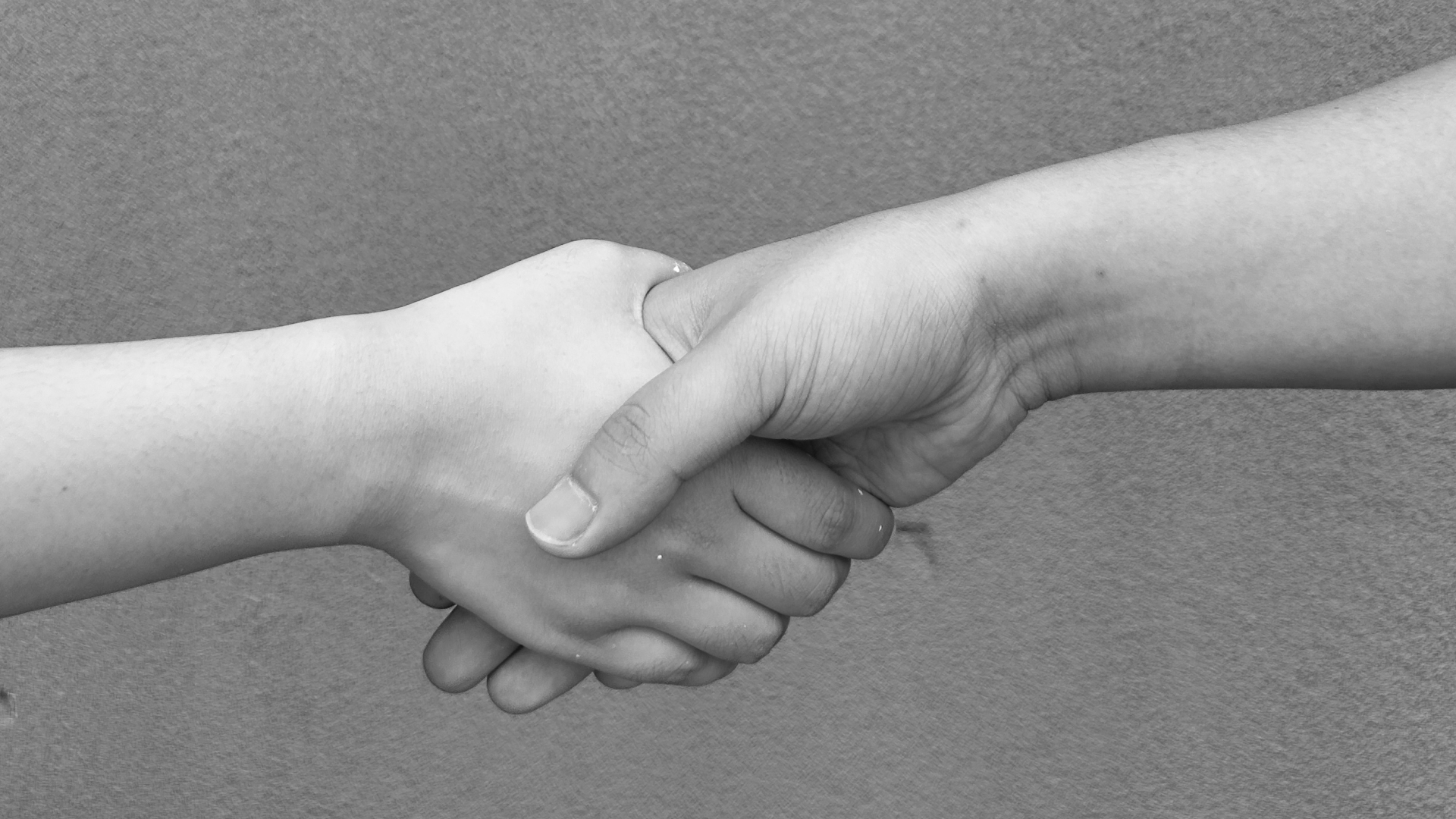
Experimentation
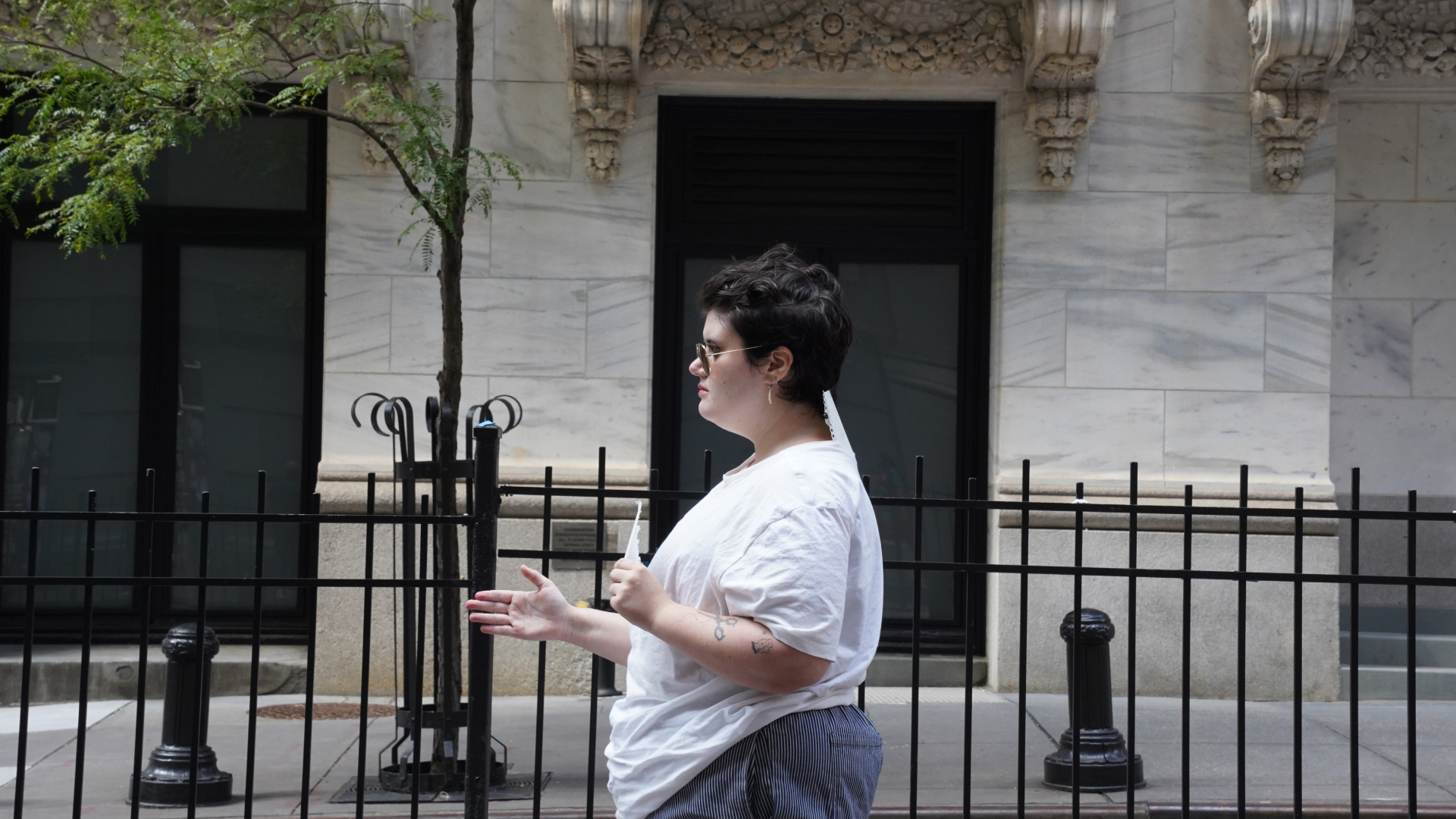
On our first team visit to Wall St, we tried out a very simple experiment, a in-person version of our interaction; sticking our hands out for a handshake. Even though we knew our project shouldn’t have any written/spoken language, we had signs saying ‘handshake’ and ‘art experiment’ just to assure people that we weren’t doing anything dangerous. To be honest, I didn’t think this was going to work, but we had a lot of people interact with us. It was also interesting to see the demographics of people interacting with each one of us. People of different (perceived) gender, race, age interacted with us depending on who was experimenting.
The testing turned out successfully, which made us fix our idea to the handshake. We also decided to have our project installed nearby the Fearless Girl, which also carries a message for female empowerment and gender diversity in Wall St.
After fixing our idea, we still had to decide various factors; material used for hand, method of interaction, and deviations for each iteration.
Mapping
We mapped the Fearless Girl / NYSE area to get a better understanding of the demographics. We drew out an IAE(Idea, Arrangements, and Effects*) diagram and a cluster map to see the nature surrounding the Fearless Girl and the New York Stock Exchange(NYSE).
The area by the Fearless Girl was a place used by both tourists and the office workers of Wall St. The street was blocked off for pedestrians only(+ emergency vehicles), and people were walking in both directions. Workers were rushing their ways and tourists were staying at the location for some time to take photos with the installment and the NYSE.
We also had the Charging Bull as a backup area, in case we encounter difficulties in installing our project in our preferred location. The Charging Bull area had more tourists than workers, and was a lot more crowded, but had less activities.
*Social Intervention, The Design Studio for, et al. Ideas Arrangements Effects: Systems Design and Social Justice. United States, Minor Compositions, 2020.
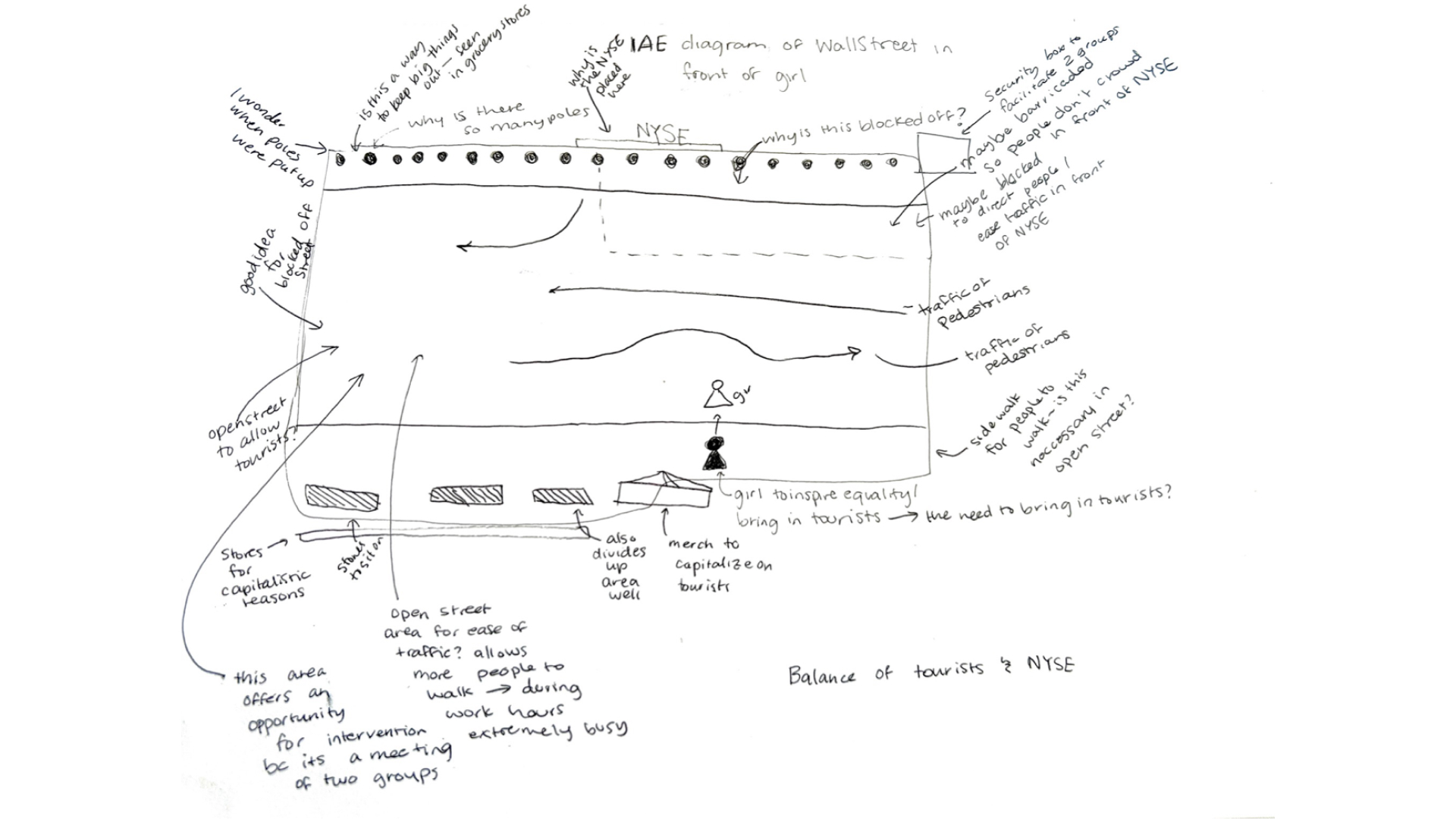
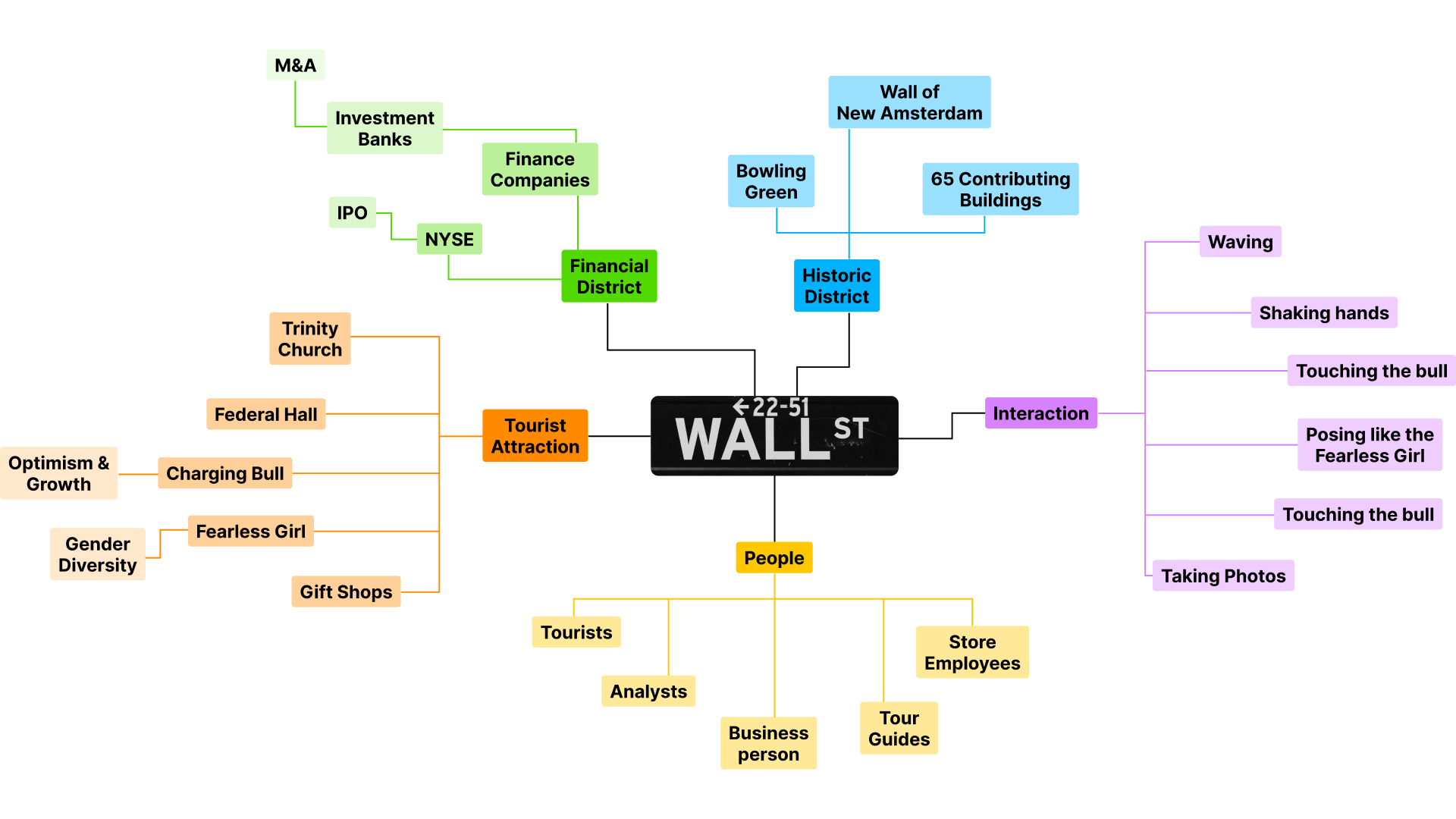
Sketches
Two hands on each sides, connected
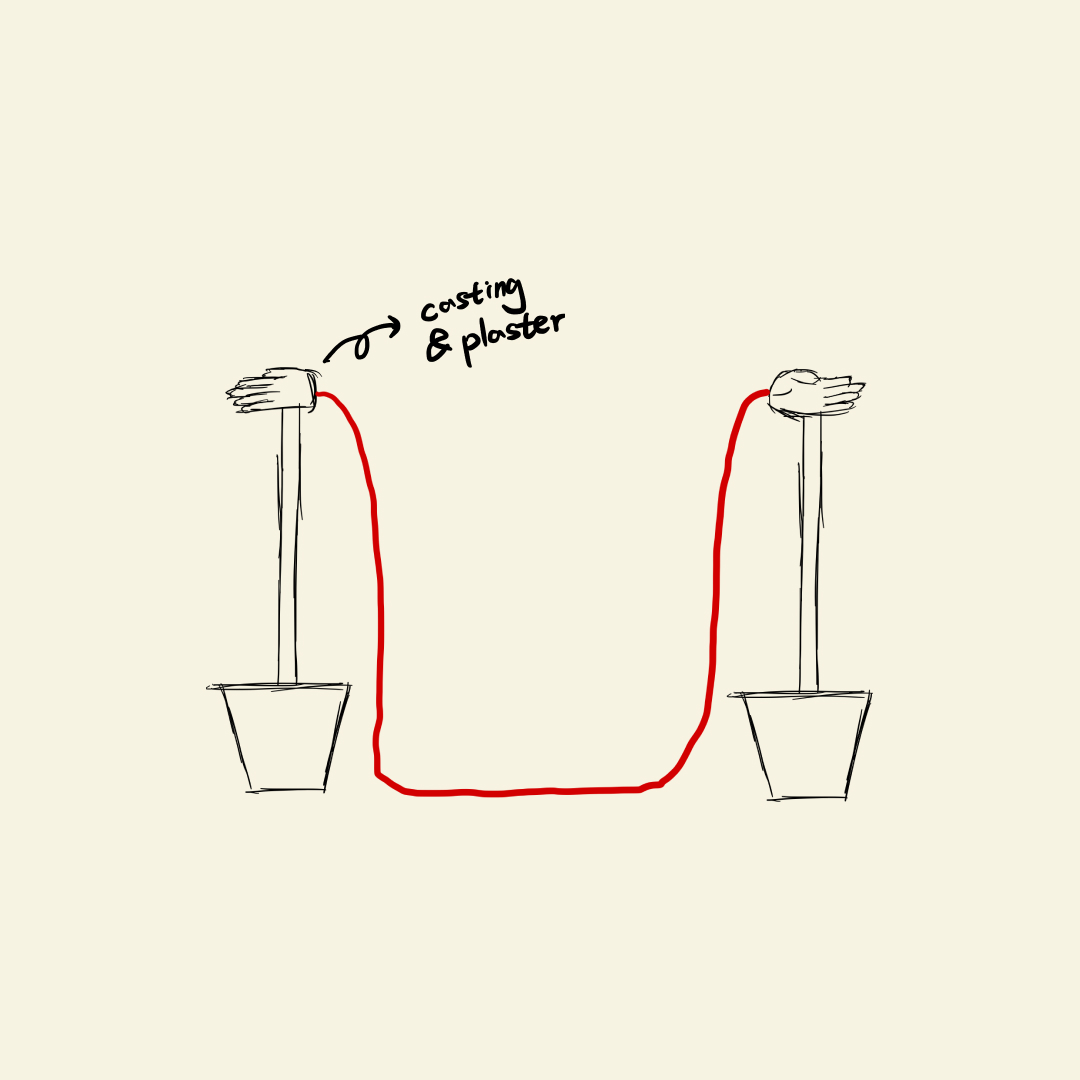
We first started off with two plaster hands being connected to each other, connected with a string. Our initial idea doesn’t incorporate our findings about the history and discrimination that is deeply rooted into the interaction.
We first thought of Wall St as the center of global finance, and the hands acting as a connector between the global economy.
Changing materials, adding affordances
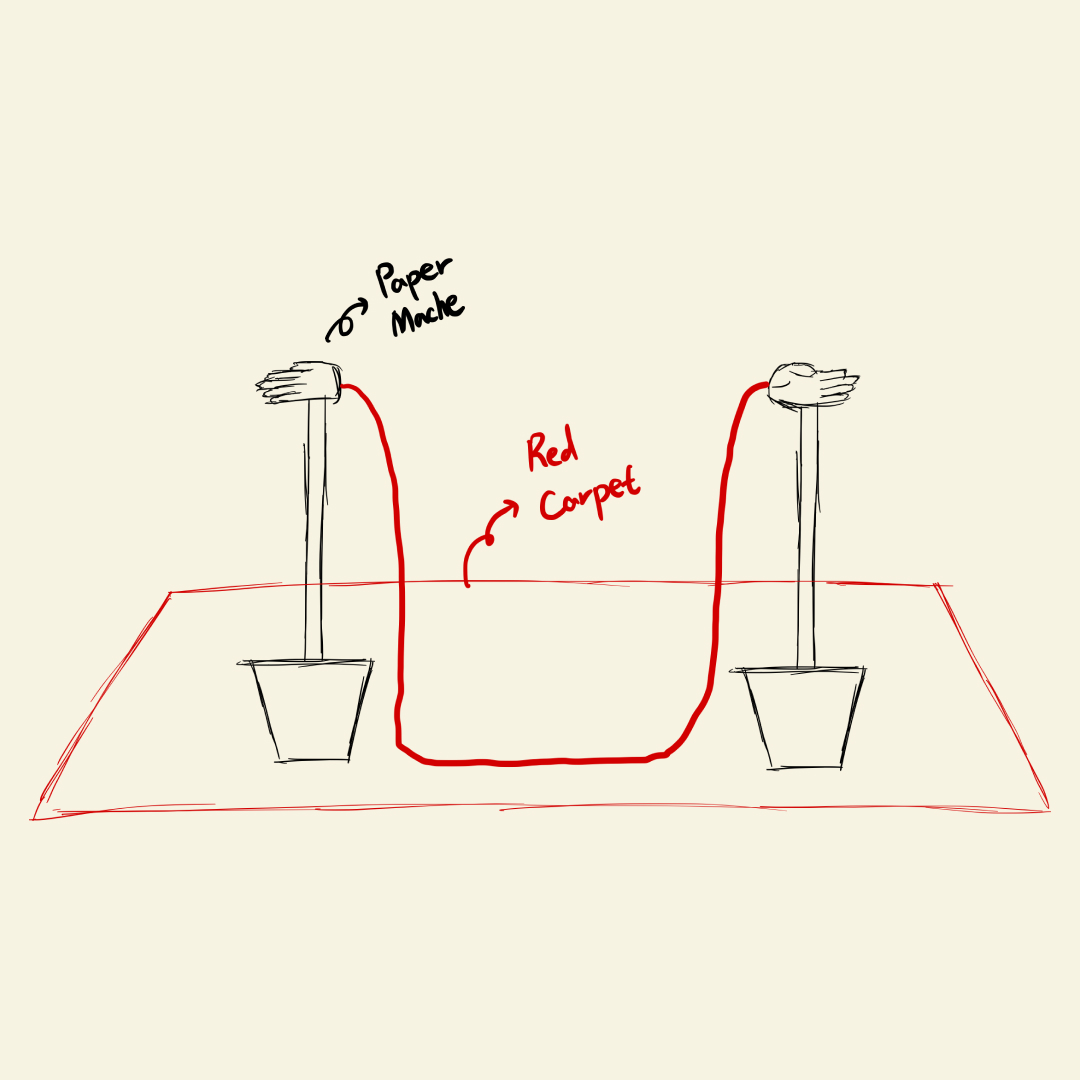
After prototyping with plaster, we figured that the material was heavier than we expected it to be. It also had a solid texture, which wasn’t ideal
We came up with an idea to add a large piece of red fabric to make an incentive for people to walk on it- testing will see if more people avoid a “red carpeted area” or want to walk on it.
Handshake & high-five
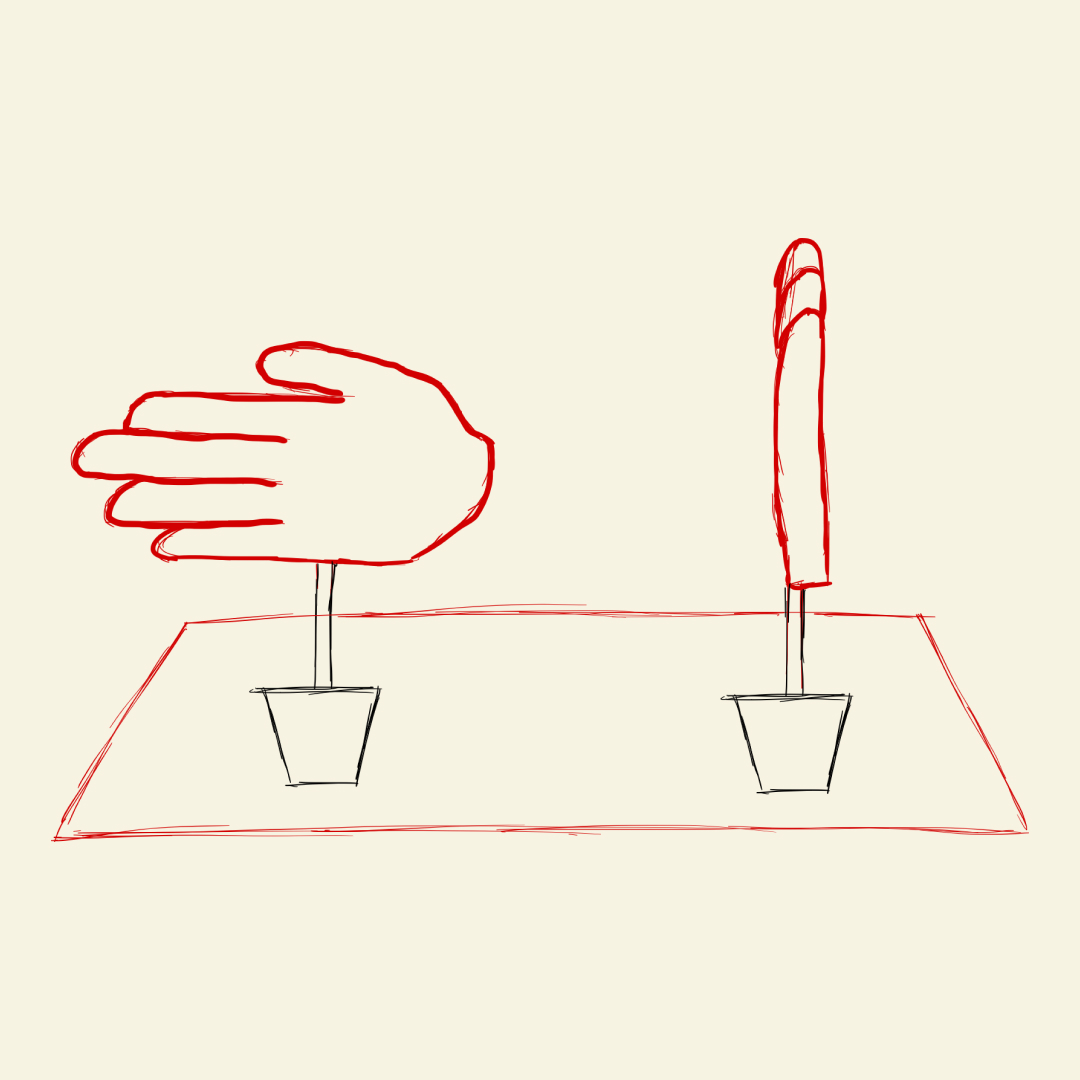
The final idea was two comically large hands positioned different ways.
Before we set it in the bucket- we are going to test if more interactions occur when they are mobile on sticks rather than simply stuck in cement blocks or plaster.
Making
We came up with a couple of materials to make the hand. Our initial idea was to have a regular-sized hand. But as we developed our ideas, we moved on to experimenting with a larger size, to catch more attention from people or, we call, strangers.
Plaster Hand
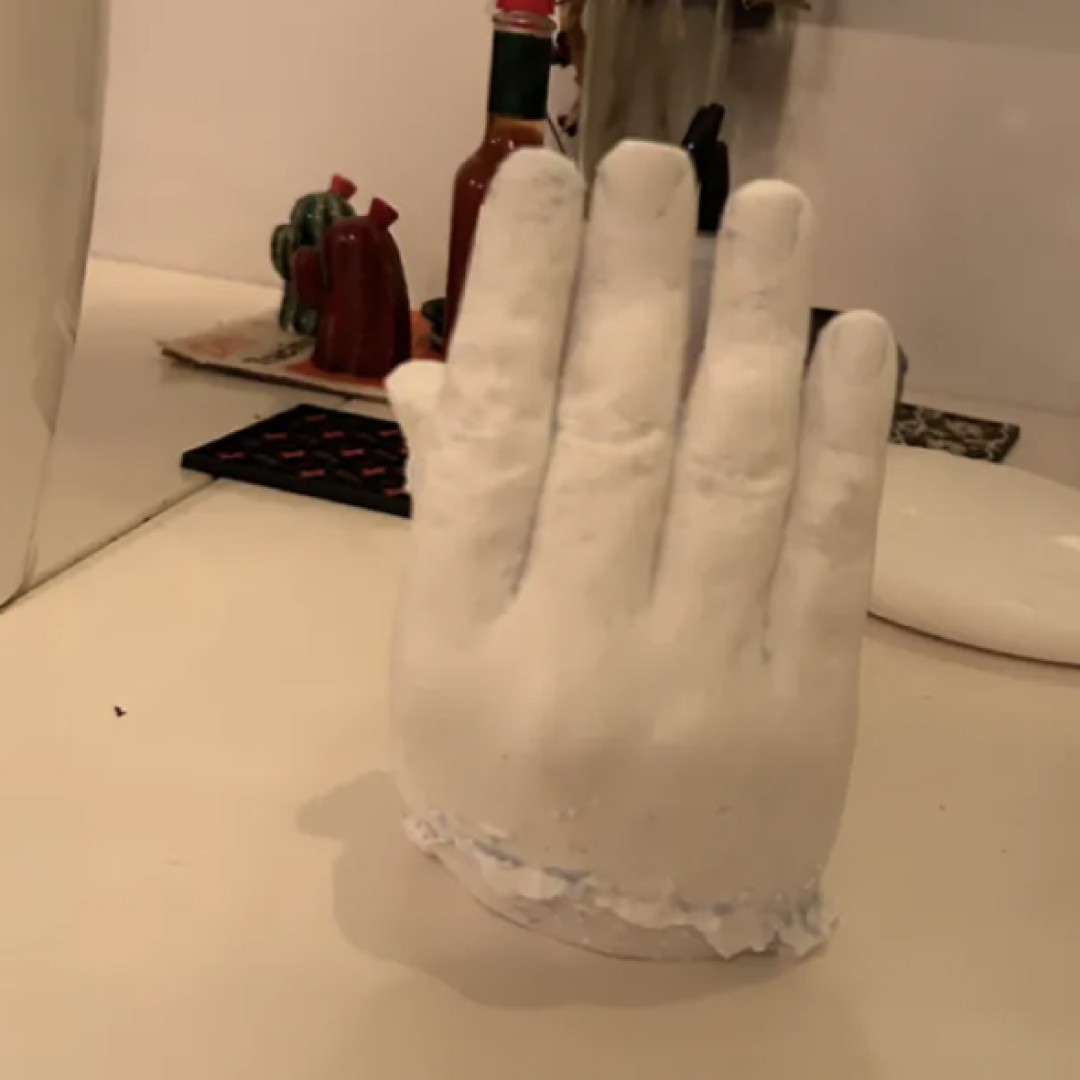
Our initial making was done with casting mold and plaster. While trying out this material, we figured that the mold and plaster hardened a lot faster than we expected it to. We also figured that the texture of plaster casting was too rigid and looked more like a static artwork rather than an interactable project.
Paper Mache Hand
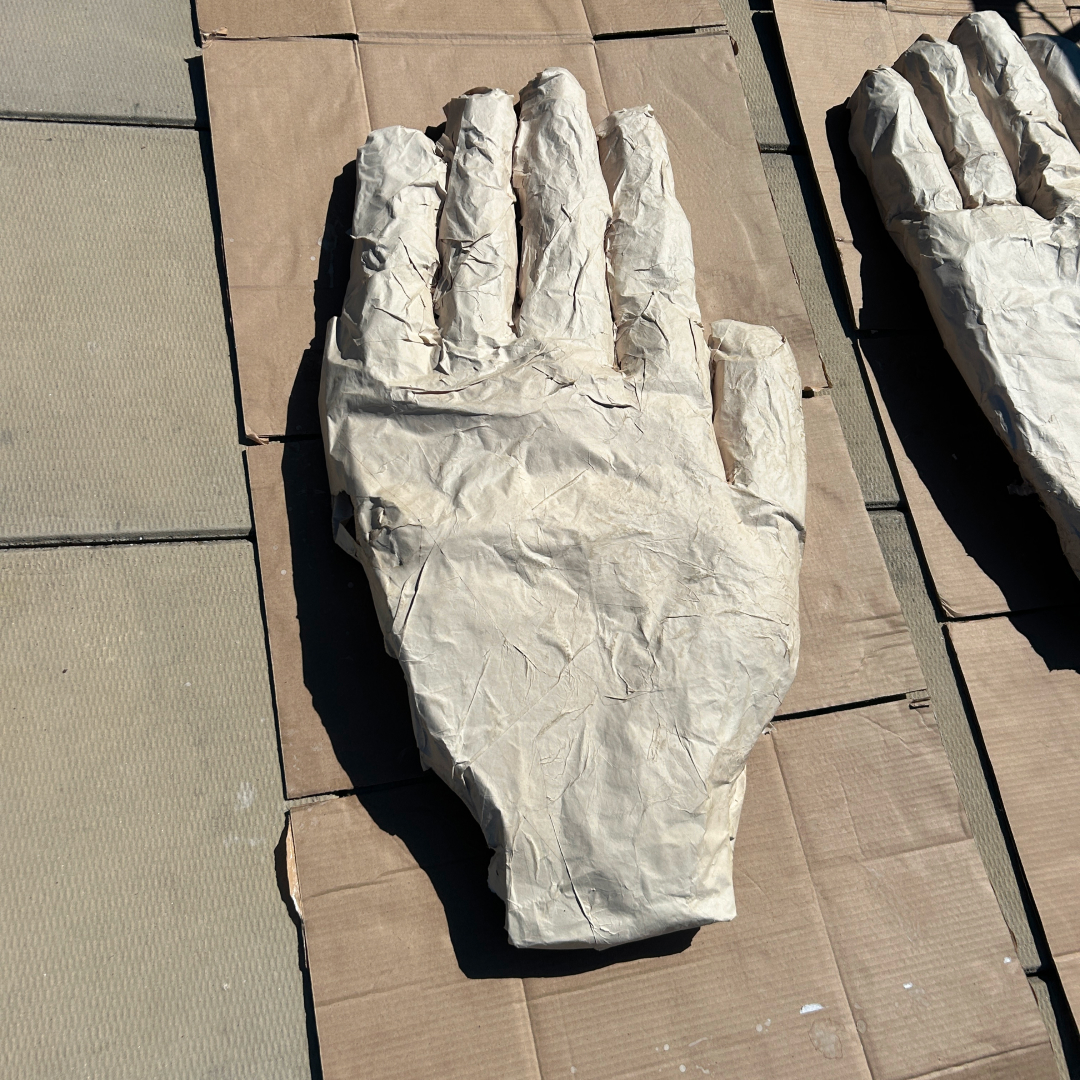
Since we’ve decided to move away from plaster, we thought of materials that was easier to make in a larger scale. In order for it to have a more flexible touch, we chose paper mache. The structure was built with cardboard and was stuffed with newsprint.
Making process
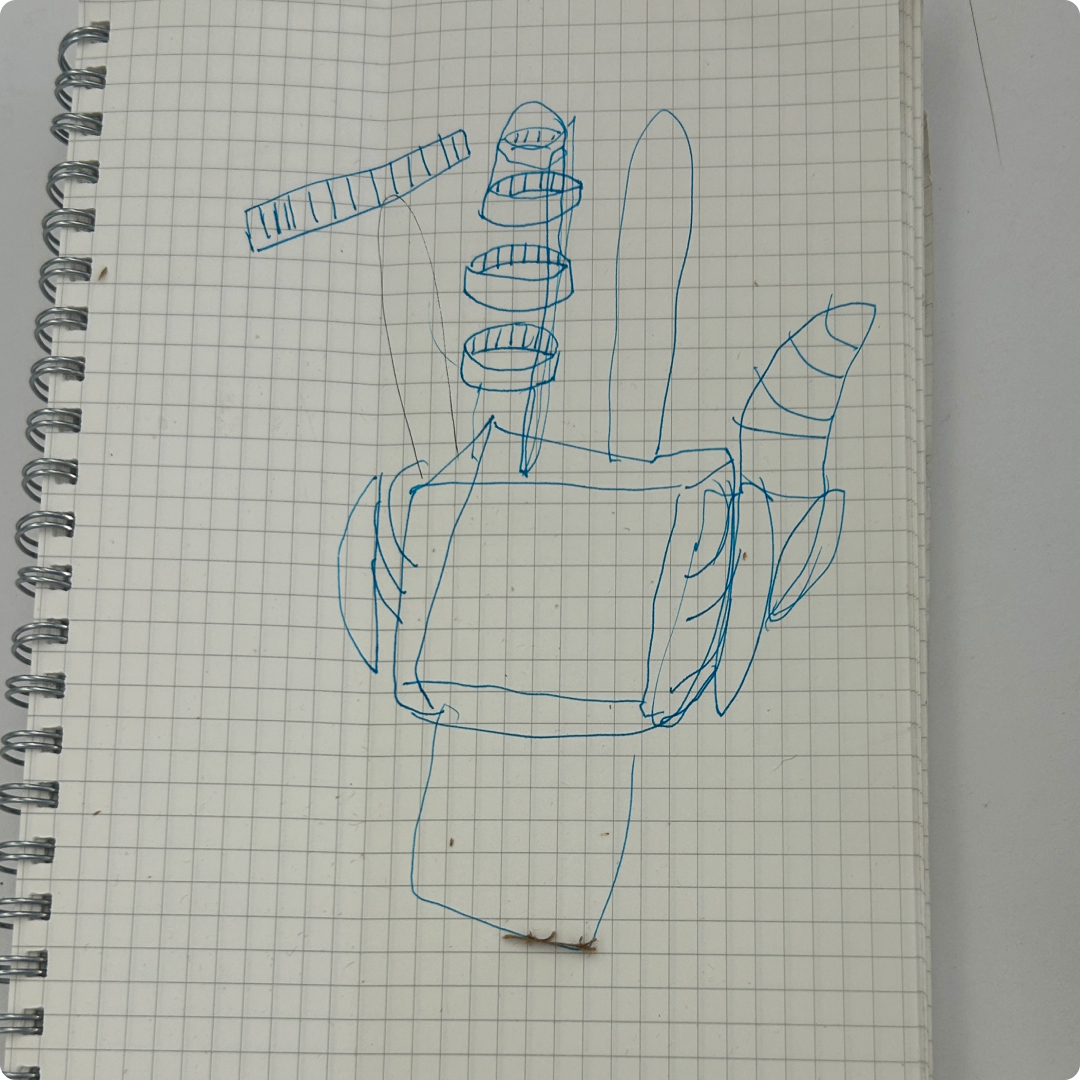
Sketch
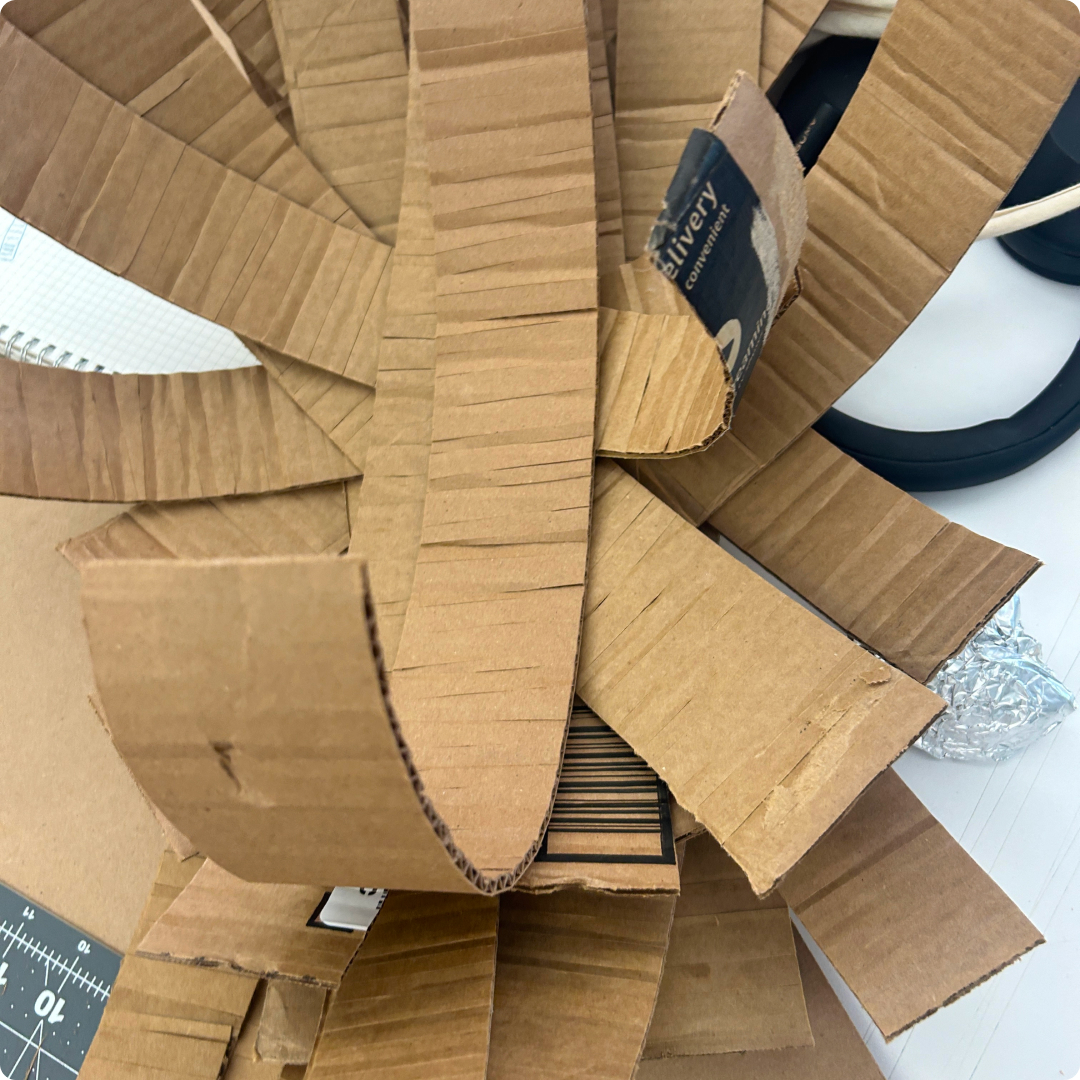
Cut
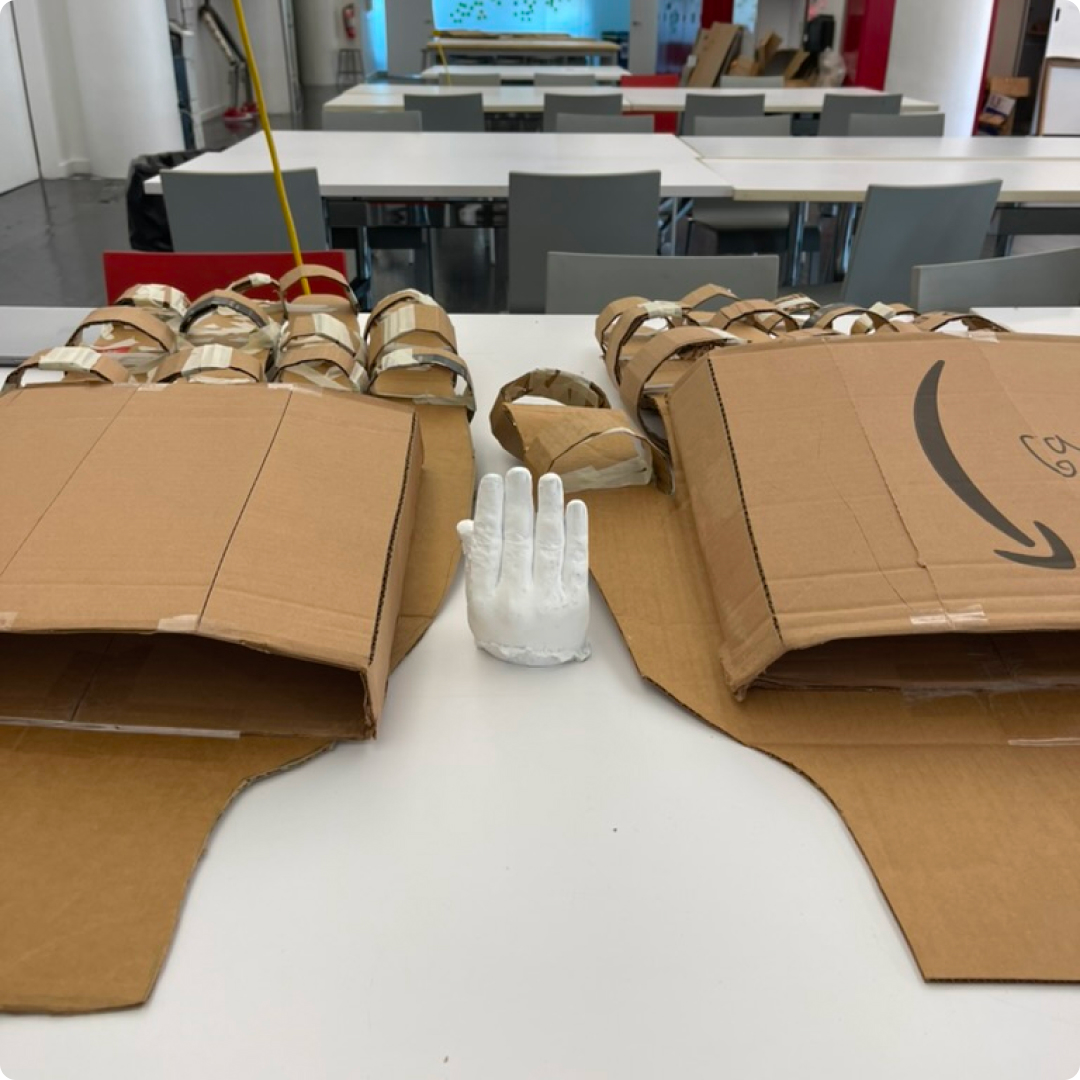
Structure
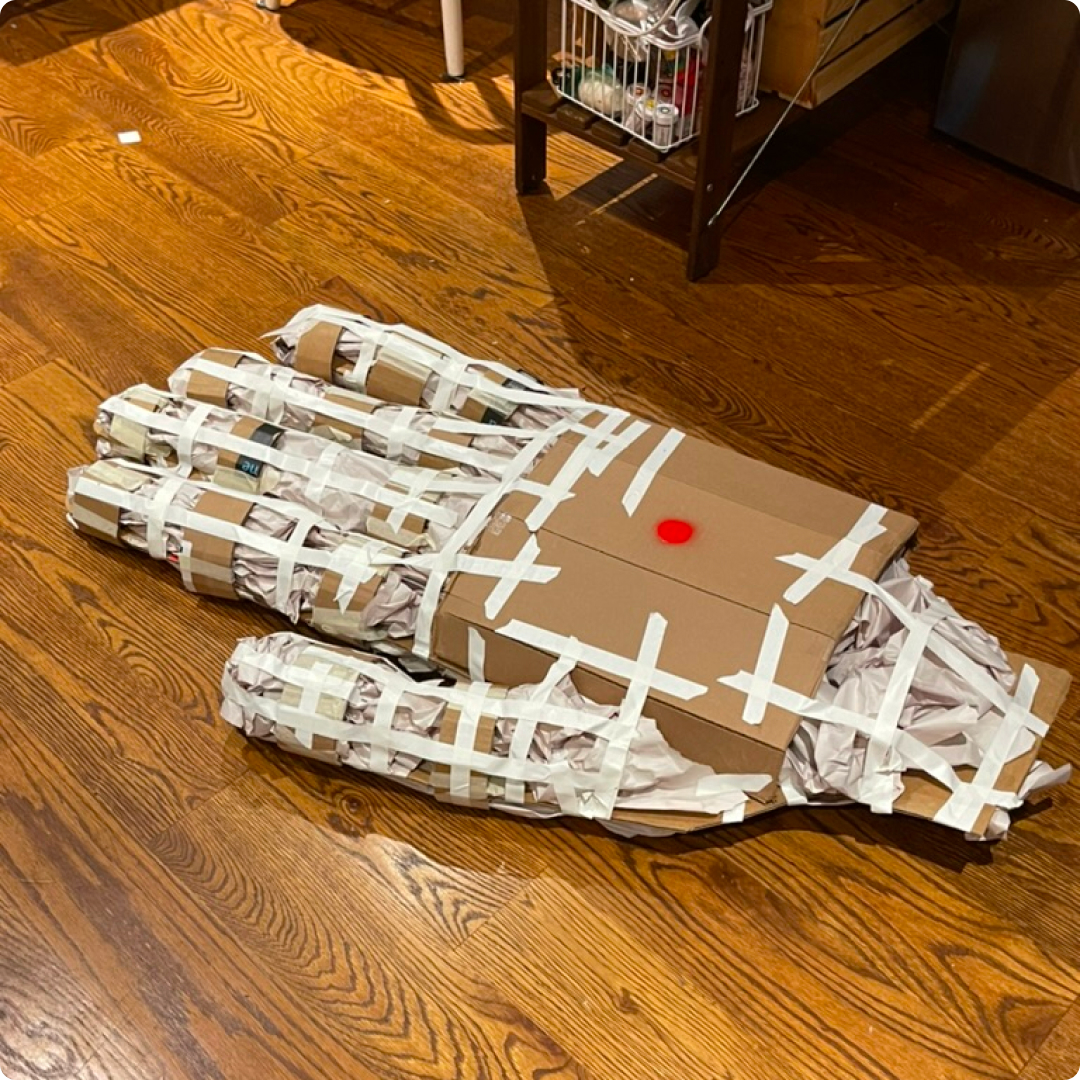
Stuffing

Mache
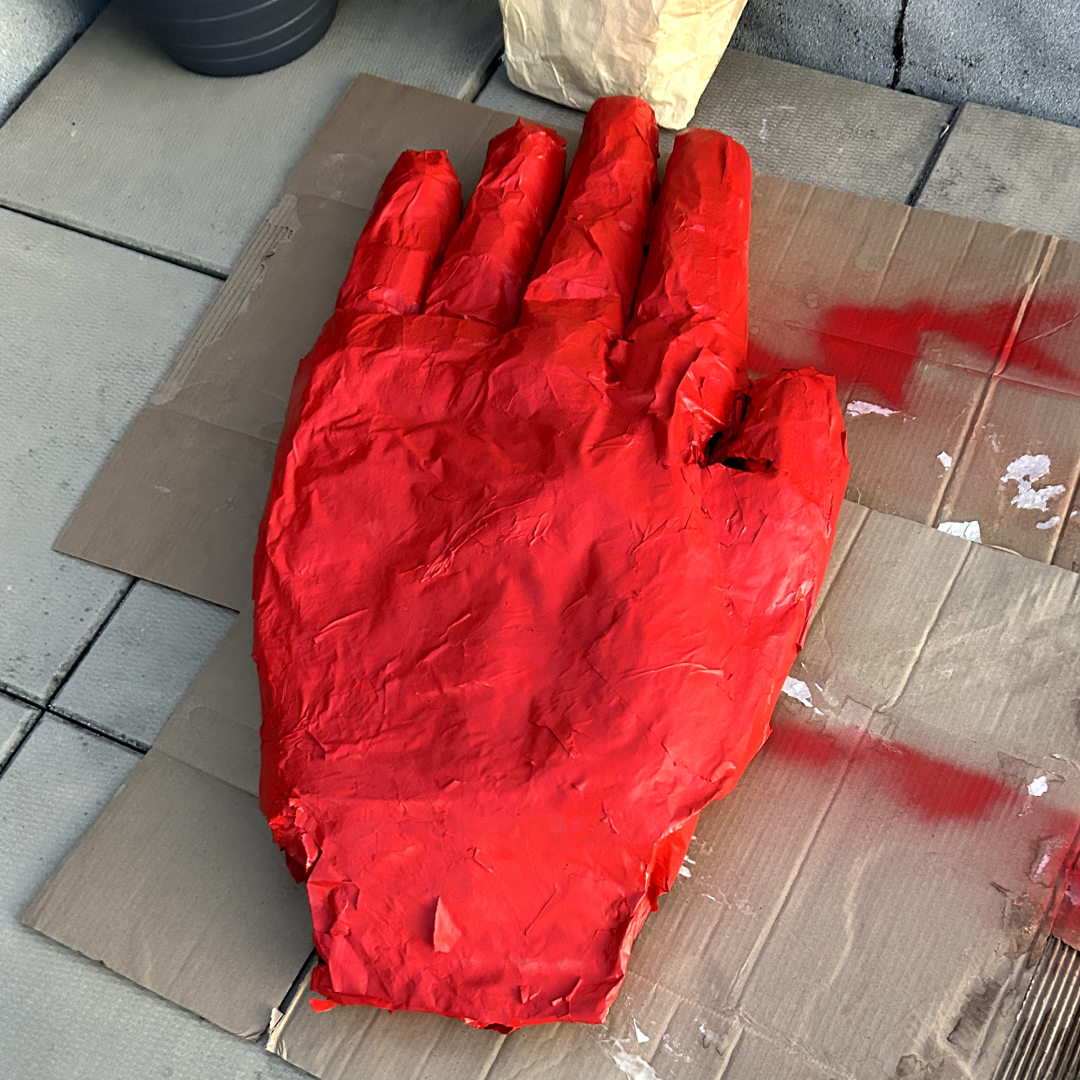
Paint
Transporting
Since the mache hand was large in size, we encountered a lot of fun comments while transporting it to Wall St and back. We definitely caught the eyes of people on the street since even those who didn’t comment took a glance at it for sure.
I gotta hand this to you guys, you look great.
Stranger @Bowling Green Station
That’s a big hand!
Kid @Sterling Station
Is that a hand for a high-five or something?
Student @Parsons Elevator
Iteration 1
A lot more people interacted with us than we’ve expected. Both people in casual wear and business attire interacted. We also found that people were more likely to do a high-five rather than a handshake, even when the hand was in an awkward position for a high-five. Only about 3 people understood that they should interact with a handshake. Others even gave a dap to the handshake hand, which was interesting to see given the fact that this was held in Wall St which we often think of as a boring financial district.
Date: Thursday, September 12th, 2024
Time: 15:00 – 17:30
Location: The Fearless Girl (Wall St)
Method: Hands in our hands mobile, without any verbal/written cues
7 Photos/Videos
53 Red Hand
80 Paper Hand
Iteration 2
We did think that the second iteration would get less interaction compared to the first one, but it was a lot less than we’ve expected. We do not know for sure why it turned out like this, but we could assume that people thought of it more as an installment rather than an interactive piece. We also thought that not having eye contact with passengers could have affected the result.
Date: Monday, September 16th, 2024
Time: 14:30 – 17:30
Location: The Fearless Girl (Wall St)
Method: Hands in cement buckets, with illustrated cues
3 Photos/Videos
8 Red Hand
10 Paper Hand
Findings
People interacted more when we were present.
People were more likely to interact after we had eye contact. Even a lot those who didn’t interact, shook their heads, said ‘not today’, or gave other cues that they were’t feeling to participate. Having us intervening even without verbal language definitely made people interact.
Younger people & kids were more likely to interact
In both of our interaction, a lot of the kids passing by tried to interact with us. In our 1st iteration, there were kids coming up to us and asking what this was about, whether their high-five was good, and so on. On our 2nd iteration, most kids took a look at the project and were curious about it.
People understood what to do, but didn’t bother to actually interact
On both iterations, people knew what interaction we were expecting, but they were just reluctant to actually take part. This was more apparent with our second iteration.
Reflections
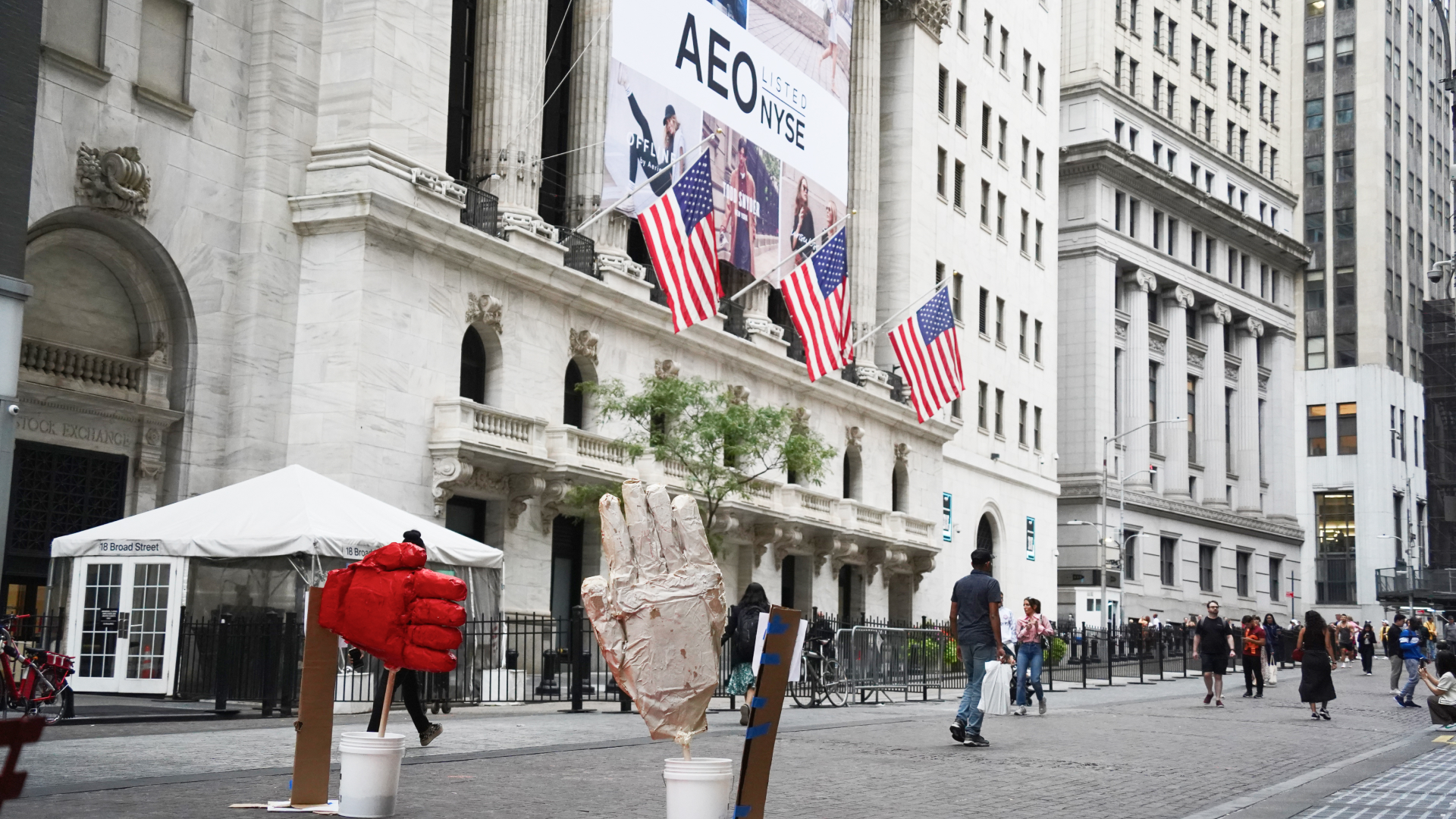
Is handshaking still important?
Although we are biased to the results we got from a specific form of interaction, I believe we brought up the question in some sort of way. People not recognizing the red hand as a handshake but rather a dap or a high-five is something that we can look deeper into.
How could it have been different?
Who could have tried one iteration with a smaller sized hand. Although having a large hand was effective in capturing the attention of strangers, it wasn’t in a right size for a handshake. Rather, it was more suited for a high-five, even if it was placed horizontally.
How could we have done it better?
If we had the time and resource, it definitely would have been better if we had a sensor to detect people approaching and a motor to shake the hands in the form of their desired interaction. In my opinion, that would’ve given a straight forward cue for people to interact with the installment.
Footnote.
Thanks again to Nani and Leslie for coming up with this wonderful project with me.
Also thanks to everyone in MS1 Section D, who gave wonderful feedbacks!
